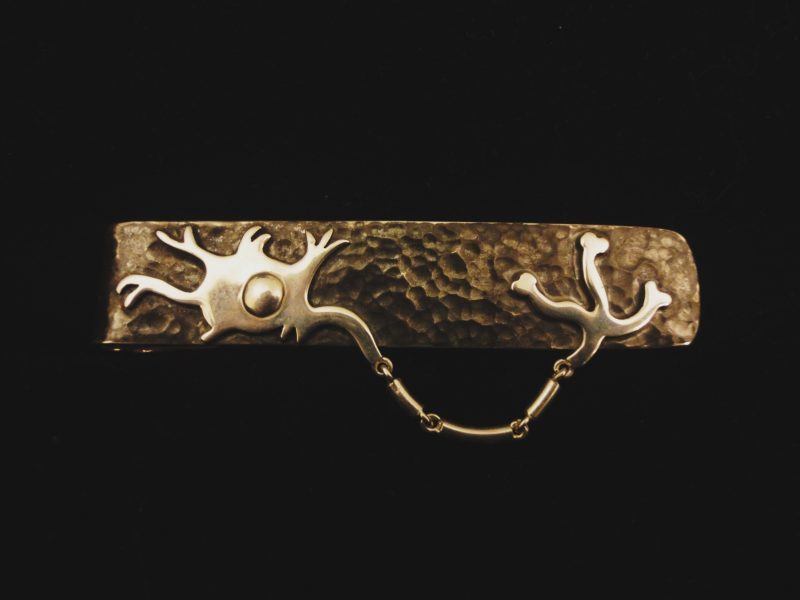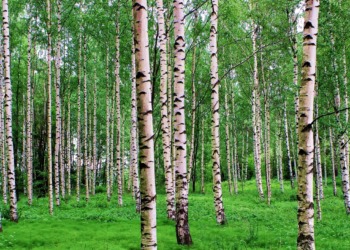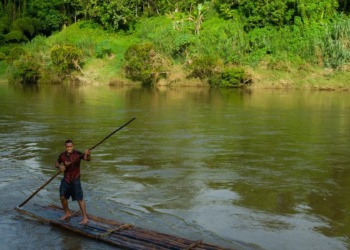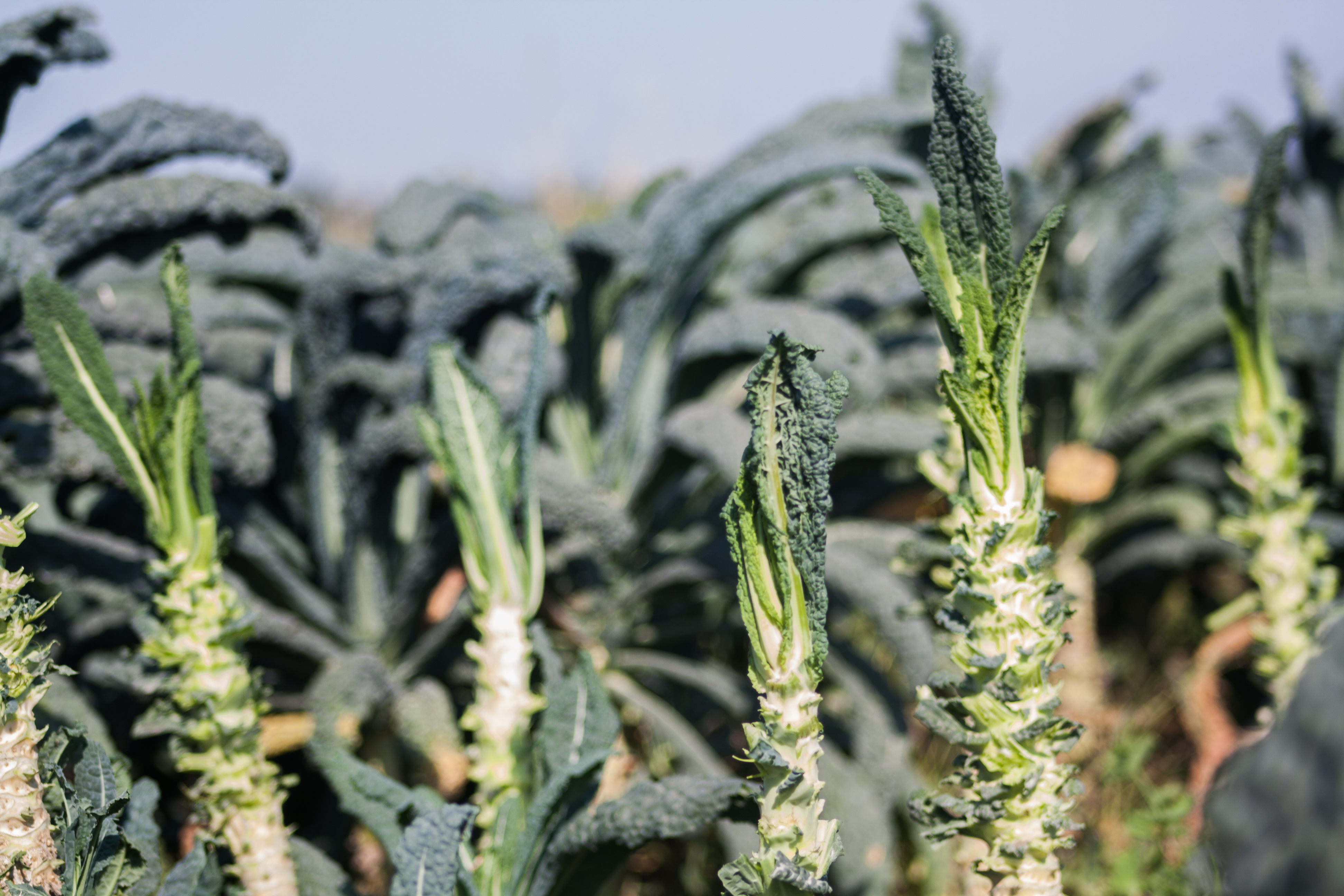The Society for Neuroscience (SfN) annual conference in Washington, D.C., impressed me with the variety of seminars, workshops, symposiums and amazing people from around the globe with impactful ideas and projects in the neuroscience field.
Running from one lecture to another one, I sensed a beauty and inspiration in the air near the artists’ booths.
 All of the artists I met found inspiration in some part of the neuroscience world; the structure and process of neurons throughout the body and especially in the brain, making us who we are. One of them is Kathleen Childress, an artist, poet, jewelry designer, and gemologist. She rounds out her busy schedule with independent communication consulting and nonprofit board work. Kathleen’s jewelry art not only includes neuro-inspired pieces, but also includes custom work, conveying meaningful events, people, places, work, and memories, telling personal, unique stories through the beauty and magic of gems and metals.
All of the artists I met found inspiration in some part of the neuroscience world; the structure and process of neurons throughout the body and especially in the brain, making us who we are. One of them is Kathleen Childress, an artist, poet, jewelry designer, and gemologist. She rounds out her busy schedule with independent communication consulting and nonprofit board work. Kathleen’s jewelry art not only includes neuro-inspired pieces, but also includes custom work, conveying meaningful events, people, places, work, and memories, telling personal, unique stories through the beauty and magic of gems and metals.
Impakter Magazine: Kathleen, it was great meeting you at the SfN Conference in Washington. What do you think about the conference?
Kathleen Childress: I always enjoy the SfN experience, listening to the super-experienced scientists, academics, practitioners, PhDs, MDs, along with post-docs, undergrads, and graduate students; all with one common interest in neurons! There is nothing like it. I learn so much when I’m there.
Can you share with us, how did you find your inspiration in neuroscience?
K.C.: It all stems from my sister, who is a neuroscientist. She’s a Research Professor at the University of Pennsylvania, specializing in addiction research and treatment; her specialty is cocaine, although she’s done a lot of work in the field of opioids as well. She asked me to design a cuff for her a few years ago. So I did several designs, including one with a stylized dopamine neuron (that’s the neuron involved with addiction and rewards) in silver on a hammered silver bangle. She loved it and that was the first piece in what came to be called the Synapse collection. When her colleagues saw it, they were so enthused by the expression of their science in art. Scientists and doctors were asking for rings, earrings, money clips, special “Synapto-cuffs,” tie clips… it goes on. The journey continues to be very gratifying to me and happily unexpected overall. Given the complexity and beauty of neurons, the neurotransmission process, and brain structures, the possibilities for design are endless!
Neuroscience is a vast field. What exactly does fascinate you in the neuroscience?
K.C.: Oh my gosh, just about everything. I learn more about brain cells of all types and the processes that they control or the role they play, it’s both overwhelming and totally intriguing. The folks who study astrocytes, oligodendrocytes, chandelier cells, basket cells, and Purkinje’s have always known that they would be beautiful models for art, and now they’re coming to life in precious metals and gemstones!
The greatest rewards of designing brain-science-inspired pieces are both continuous learning and being able to empathize with my sister’s 30+ passion for neurons and a quest to find a medication for people whose neurons are compromised by addiction.
How did you become a jewelry designer and artist?
K.C.: I’ve always created art. I loved drawing and painting since I was three years old and I took art courses in college and graduate school and afterward. When the passion for jewelry and gemstones really took hold about 20 years ago, I started on a long path to bring my love of art together with creating jewelry designs. It took me a couple of years to study gems, and I got a Graduate Gemologist certification from the GIA (Gemological Institute of America). Then, I took the leap to design jewelry and found an amazing Dutch goldsmith, Jasper Kegge, to partner with who could hand make the pieces. Designing jewelry is like drawing and painting with metal and gemstones.

You mentioned in your blog, that you specialize in “creating highly personalized fine jewelry that tells your special story through the magic of metals and gemstones.” How exactly are you telling the story?
K.C.: A good example of telling the story is my sister’s silver dopamine cuff: it embodies her unyielding focus, showcases her science, and beautifully expresses her passion in an enduring precious metal she can wear every day, kind of like a Wonder Woman cuff!
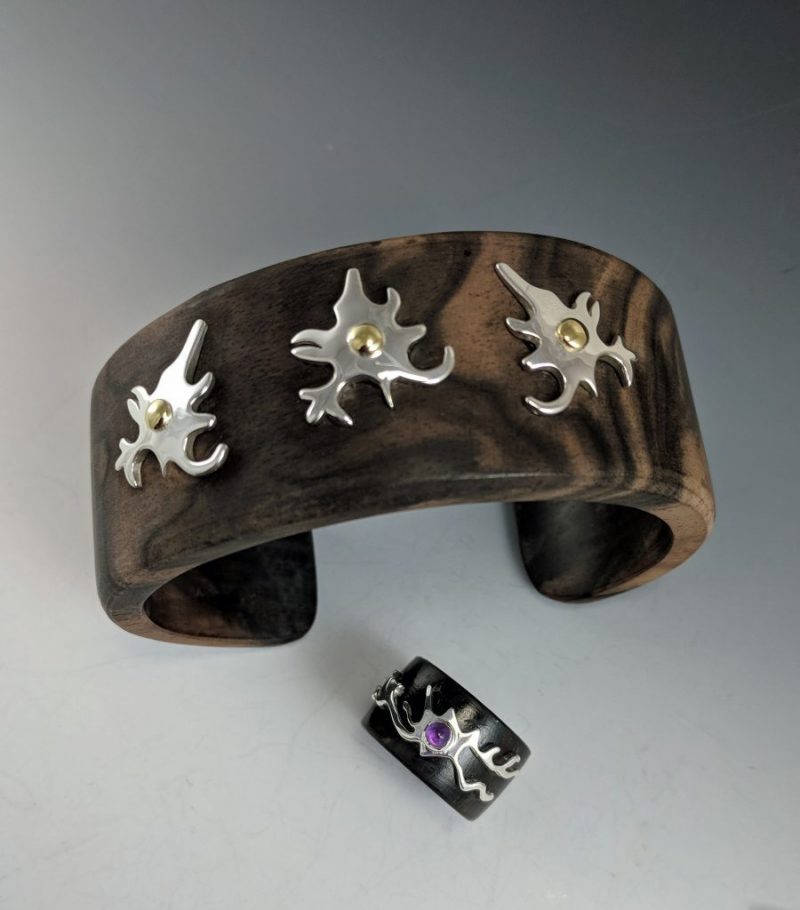
What is your favorite metal?
K.C.: It is gold. The richer, the yellow, the better! So I use for my pieces 18 karat gold for durability; however, the higher karat alloys (22 or 24 karats), although softer, it brings that lush, dense “goldness,” with an intrinsic appeal that’s hard to describe.
How did you achieve the artistry in jewelry design? What is needed, except knowledge of jewelry design techniques, to become a master in this craft?
K.C.: Artistry in jewelry design is a continuous goal for me. I read illustration and jewelry design authors and practice techniques, but there’s so much improvement I want to make. It is a process and not a destination I feel I’ve reached yet.
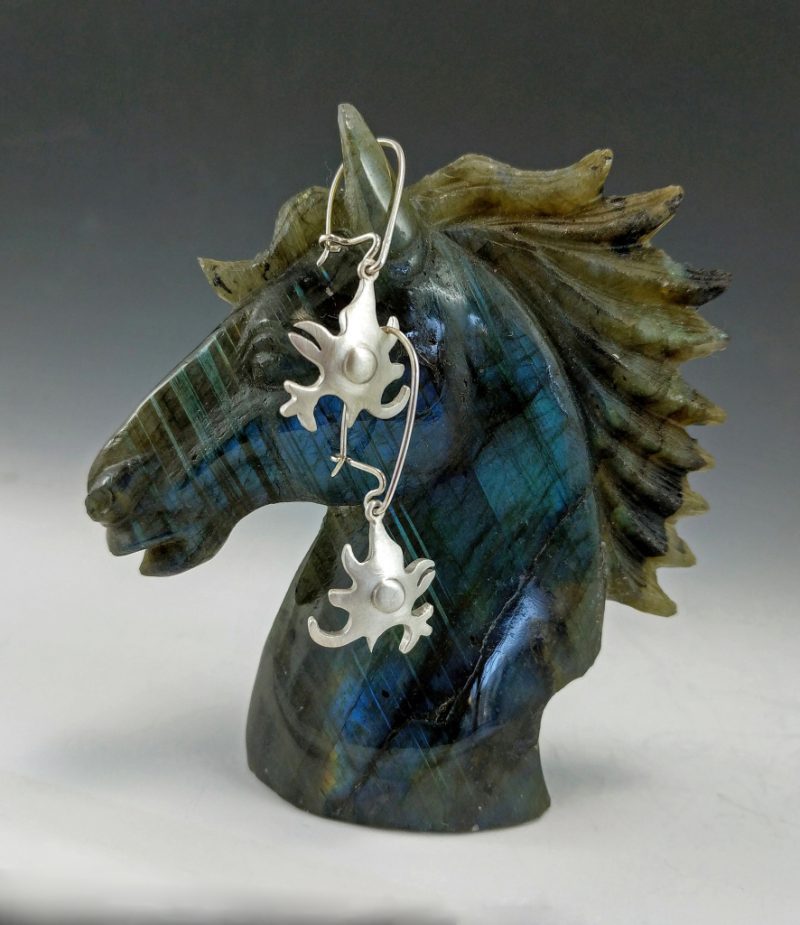
What message to the world do you want to spread through your art?
K.C.: I love the idea of art with universal intent! But indeed jewelry has been imbued with inner and outer meaning since ancient times and pre-history. People often tell me that wearing neuron-inspired art evokes questions and curiosity from folks who aren’t in the science world. They get a big kick out of this because they can use the piece to talk about the fantastic structures that make us who we are as well as the passion they have for their work in the field. It’s a public-friendly way to create awareness of the importance of neuroscience which can lead to more talent, discoveries, funding, acceptance and perhaps ultimately a better quality of life.
It’s like one small story might lead to a big passion that can make a difference.
You do a lot of stuff: art, jewelry design, independent communication consulting and nonprofit board work. How do you find time for all of this?
K.C.: Right now, the Daemion Counseling Center, affordable mental health care work, is my active nonprofit commitment. I’m also chair of the Marketing and Communication Outreach Committee. It’s challenging to juggle and prioritize all the interests I feel strongly about and it’s often a trade-off of intense delivery in one world while the other “client” or need waits a bit. To do it all with quality is really difficult.
When is your next exhibition?
K.C.: If everything goes as planned, I’ll be exhibiting “Synapse” and other brain-science inspired designs at the 2018 College on Problems of Drug Dependence annual scientific meeting in San Diego in June.


